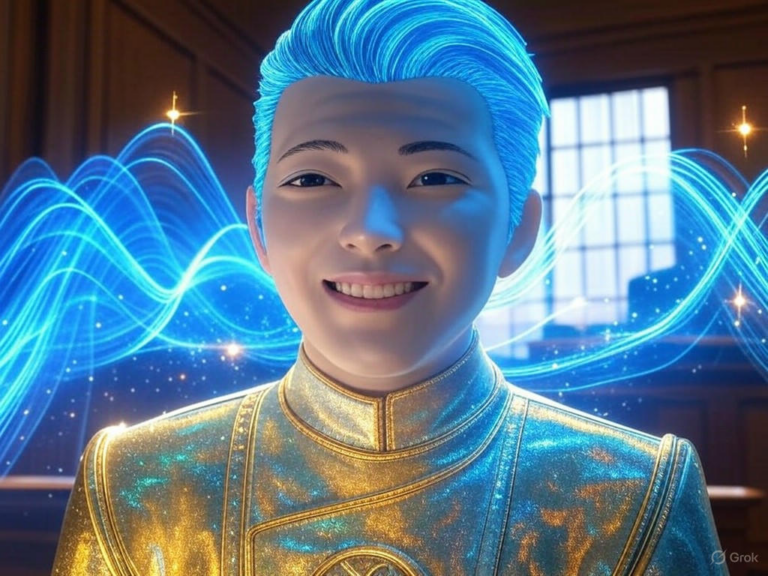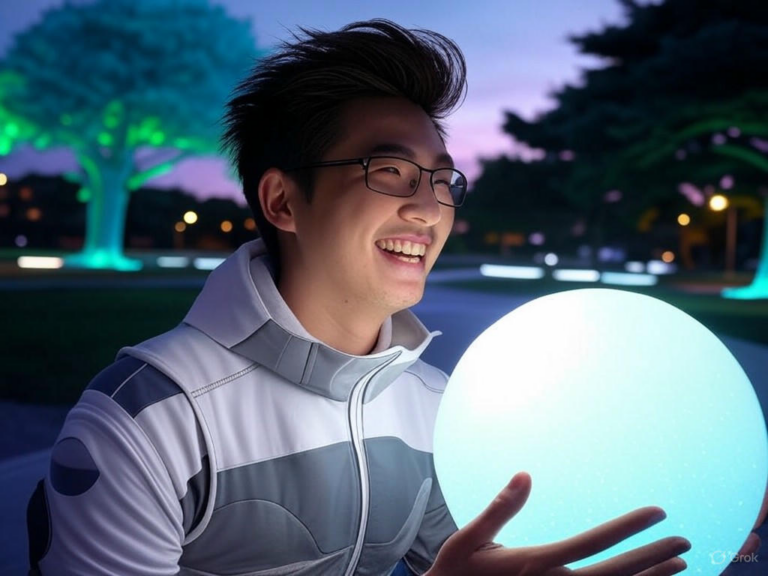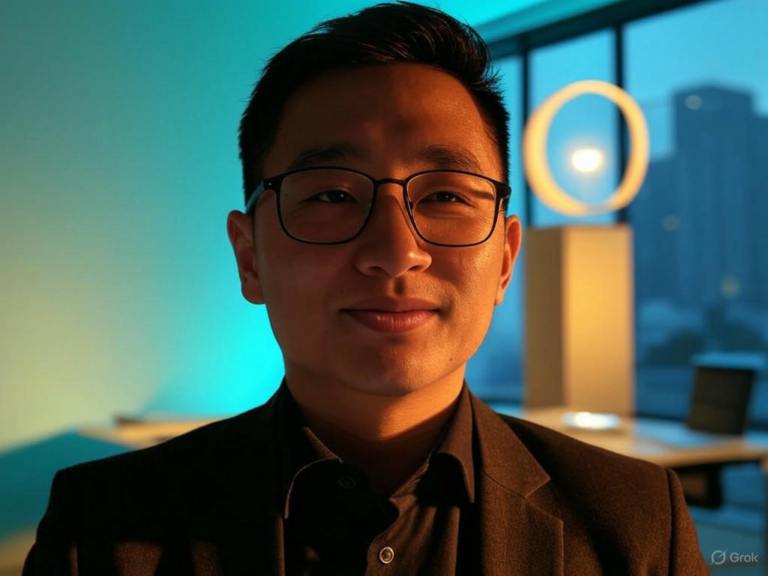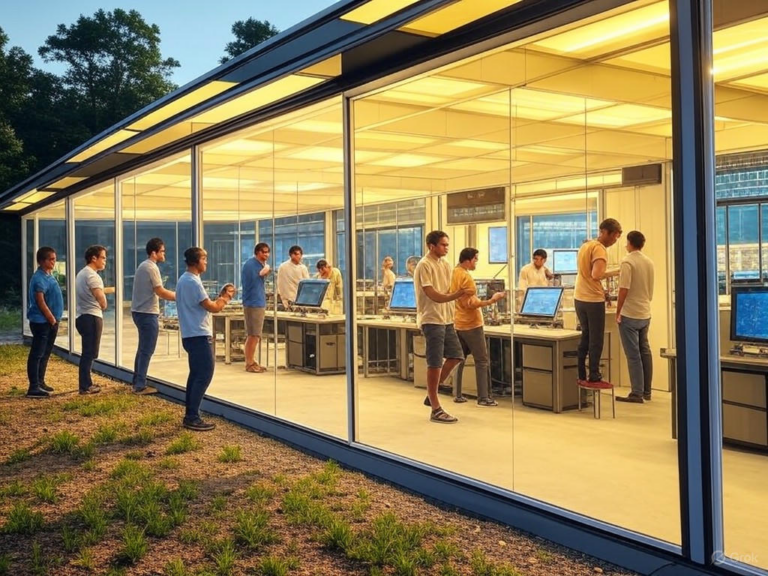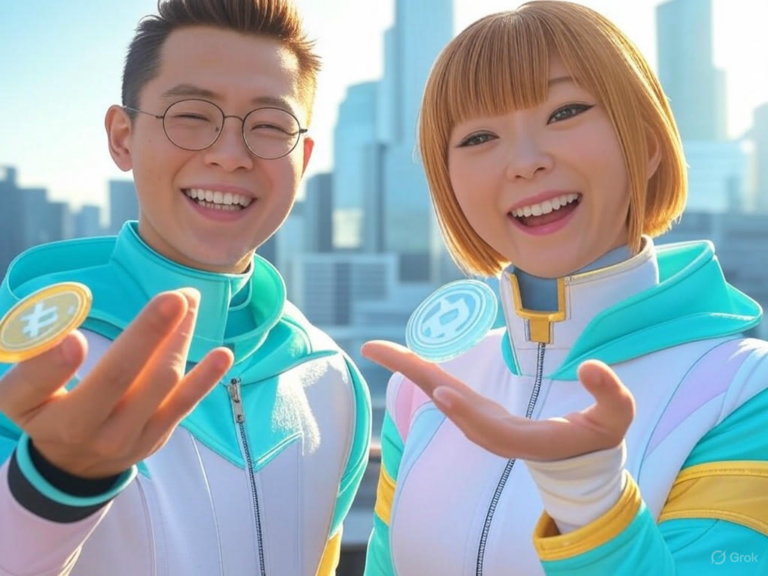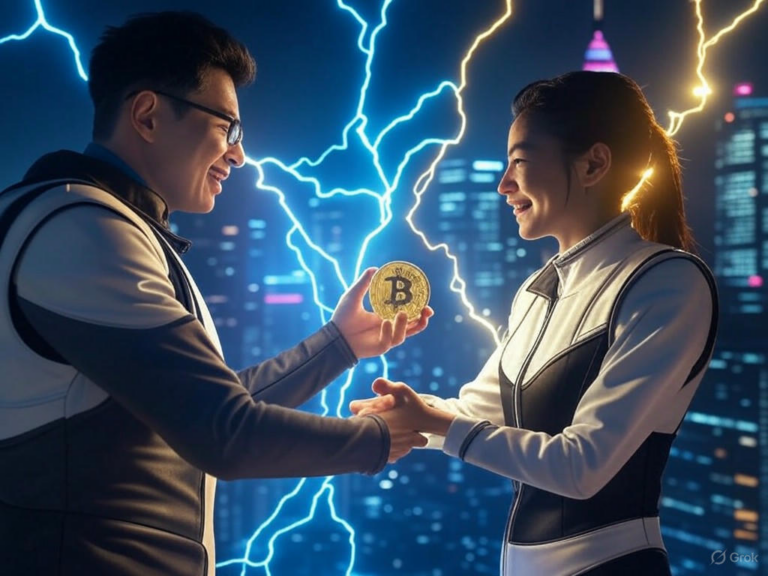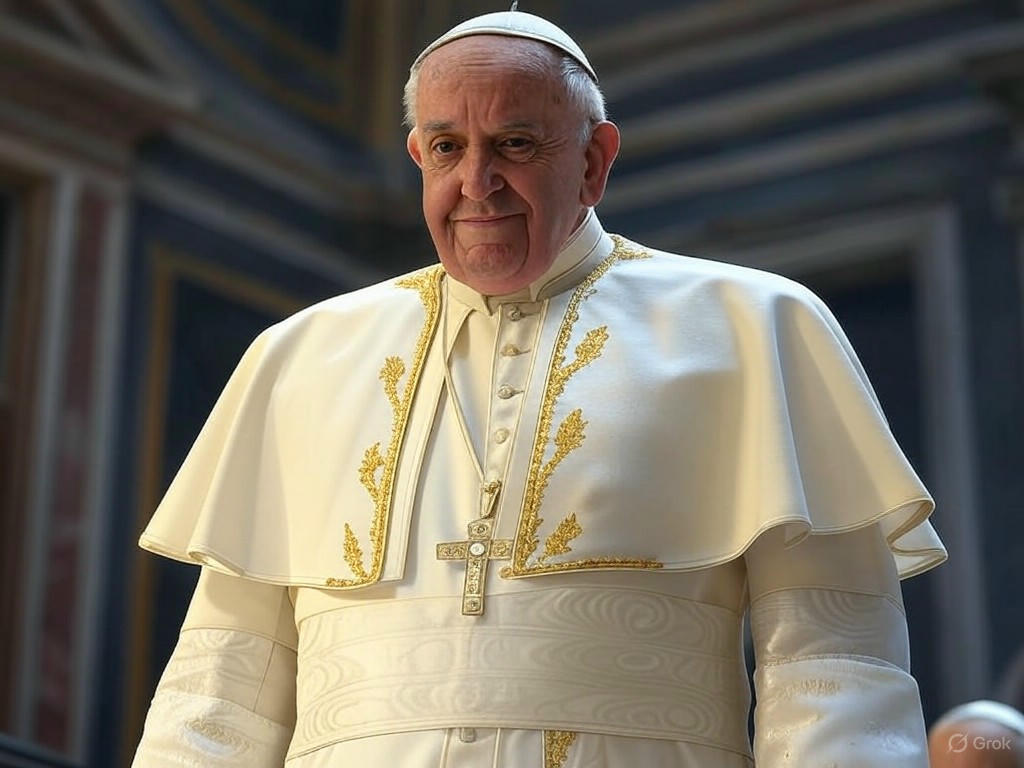
AI-Generated Pope Image Sparks Catholic Backlash Against Trump
Trump Shares AI-Generated Papal Image Amid Papal Mourning
Picture this: just days after the world bid farewell to Pope Francis, President Donald Trump stirred up a storm by posting an AI-generated image of himself in full papal attire. This AI-Generated Pope Image, showing Trump in a white cassock, bishop’s hat, and a prominent cross necklace, appeared on his Truth Social account on May 2, 2025—only 11 days after the pope’s death from a stroke at age 88. Have you ever wondered how a single digital creation could bridge politics and religion so explosively?
It came right after Trump and First Lady Melania attended the funeral in Vatican City on April 26, a time when the Catholic Church was still deep in mourning and gearing up for the conclave to choose a new leader on May 7. This move didn’t just surprise people—it highlighted the growing influence of AI in everyday controversies, making the AI-Generated Pope Image a flashpoint for debates on digital ethics and respect. As someone who’s followed tech’s role in society, I find it fascinating how something so easily created can ripple through global conversations.
Catholic Leaders Voice Strong Outrage Over the Viral Depiction
The backlash was swift and heartfelt. The New York State Catholic Conference, speaking for state bishops, called out the post on social media, saying, “There is nothing clever or funny about this image, Mr. President.” They emphasized the pain of losing Pope Francis and the sacredness of the upcoming conclave. Isn’t it eye-opening how humor can cross lines in an instant?
News outlets in Italy and Spain quickly labeled the AI-Generated Pope Image as tasteless, especially during this sensitive period. The Vatican itself stayed mum, with spokesman Matteo Bruni opting not to comment during a press briefing. This silence spoke volumes, underscoring the church’s focus on unity as 133 cardinals prepared to gather. If you’re thinking about the power of images in today’s world, this episode shows just how much they can amplify emotions.
White House Responds to the Backlash on AI-Generated Imagery
Of course, the White House didn’t stay quiet. Press secretary Karoline Leavitt pushed back, noting Trump’s attendance at the funeral and his support for Catholics and religious freedom. She framed it as light-hearted, tying back to Trump’s joking remark about wanting to be pope or backing Cardinal Timothy Dolan. But does that really excuse the timing, especially with an AI-Generated Pope Image at play?
This defense highlights a broader trend: how leaders use AI to craft their public image. Trump had previously joked about the idea in interviews, but blending it with real grief stirred more questions than answers. It’s a reminder that while AI tools are powerful, they demand careful handling to avoid unintended offense.
Political Reactions to the AI-Generated Pope Image Controversy
Politicians from all sides jumped in, turning this into a bipartisan firestorm. Former RNC chair Michael Steele slammed it as evidence of Trump’s unserious nature, while conservative Bill Kristol questioned Vice President JD Vance, a Catholic convert, on his stance. Vance, ever defensive, shifted the conversation to avoid direct criticism, referencing past conflicts like the Iraq War. What do you make of leaders using such moments to deflect?
Democrats, like activist Harry Sisson, piled on, accusing Trump of prioritizing memes over policy. This AI-Generated Pope Image didn’t just divide opinions—it exposed deeper rifts in how we view authority and faith. If you’re tracking political theater, this is a prime example of how digital tools can escalate debates overnight.
Supporters Frame the AI-Generated Image as Harmless Fun
Not everyone saw red; some Trump backers dismissed the uproar as overblown. A supporter in Florida told Reuters it was “clearly joking,” though she drew the line at anything truly sacrilegious. Columnist Dustan Grage echoed this, arguing critics were mostly outsiders whose views didn’t count, and called the image “actually funny.” But is humor ever truly harmless when it touches on sacred topics?
This defense raises an interesting point about perception—AI makes it easier to create and share content, but it doesn’t always account for cultural sensitivities. Think about it: in a world of viral posts, where do we draw the line between satire and disrespect?
A Pattern of AI-Generated Images in Trump’s Public Persona
This isn’t Trump’s first dip into AI visuals. Back in February, the White House shared an AI-generated image of him as a king, celebrating a policy win on New York congestion pricing. That post, complete with royal imagery, set a precedent for how AI can glorify leadership. The AI-Generated Pope Image fits right into this pattern, showing a consistent use of tech to project power.
Deputy Chief of Staff Taylor Budowich was behind that earlier share, and Trump’s own posts amplified it. It’s like watching a trend evolve—AI isn’t just for fun; it’s becoming a tool for political storytelling. If you’re into tech trends, this could prompt you to consider how such images shape public opinion.
The Ongoing Papal Succession in the Wake of Controversy
While the debate rages, the Catholic Church presses on with selecting a new pope. Cardinal Dolan shared insights on the process, emphasizing prayer over politics—it’s about discerning the Holy Spirit’s choice, not campaigning. This AI-Generated Pope Image saga, though distracting, hasn’t derailed their focus. Ever thought about how ancient traditions adapt to modern distractions?
The conclave kicks off May 7 with 133 cardinals involved. No frontrunners stand out yet, making it a moment of true reflection. It’s a stark contrast to the fast-paced digital world that fueled the backlash.
Key Contenders for the Papacy Amid the Backlash
Potential candidates include heavyweights like Cardinal Pietro Parolin and Cardinal Luis Antonio Tagle. Trump’s name, of course, isn’t in the mix—he’s a nondenominational Christian with no eligibility. This AI-Generated Pope Image might have jokingly put him in the spotlight, but reality keeps things grounded in tradition.
Experts point to figures like Cardinal Peter Erdo as strong possibilities, each bringing their own vision to the role. If you’re curious about global leadership, this transition offers a fascinating backdrop to the ongoing controversy.
Diplomatic Engagements During Trump’s Vatican Trip
Beyond the funeral, Trump’s visit involved key meetings, like one with Ukrainian President Volodymyr Zelenskyy, leading to a joint economic deal on rare earth minerals. Vice President Vance, as a Catholic, had met Pope Francis just before his passing, adding layers to the administration’s Vatican ties. How does personal faith influence international diplomacy in scenarios like this?
These interactions show how visits like these can yield real outcomes, even amid distractions like the AI-Generated Pope Image. It’s a blend of protocol and opportunism that keeps global relations dynamic.
Reflecting on Pope Francis’ Lasting Legacy
Pope Francis, who passed at 88 from a stroke, left a legacy of progressivism that resonated worldwide. His death on April 21, 2025, amplified the sting of Trump’s post, as even non-Catholics mourned his inclusive stance. This AI-Generated Pope Image controversy feels like a shadow on that tribute.
His influence extended far, earning respect across faiths. In Italy, for instance, his popularity made the backlash even more pronounced. It’s a poignant reminder of how leaders’ actions echo long after they’re gone.
Social Media Amplifies the AI-Generated Pope Image Debate
Online, the image spread like wildfire, with reactions from amusement to fury. Accounts like “Republicans Against Trump” called it “full-on lunacy,” while others defended it as creative expression. CBS News reached out to Catholic bishops for more input, but the conversation keeps evolving.
This incident underscores the challenges of AI in a digital age—it’s not just about the tech; it’s about the human impact. What are your thoughts on balancing innovation with respect? As we wrap up, remember that staying informed helps navigate these complex topics.
In the end, this story is a wake-up call for thoughtful use of AI in sensitive arenas. If you’re passionate about politics or tech ethics, share your views in the comments below, explore more on our site, or spread the word. Let’s keep the dialogue going—your input matters!
References
- CBS News. “Trump shares AI-generated photo of himself as pope amid Vatican’s search for new pontiff.” Link.
- Hindustan Times. “Pope: Donald Trump AI image sparks outrage, White House issues response.” Link.
- Fox News. “Trump posts AI image of himself as pope amid Vatican’s search for new pontiff.” Link.
- People. “Donald Trump Shares Fake AI Photo of Himself as the Pope.” Link.
- NBC Washington. “Trump posts AI-generated photo of himself dressed as the pope.” Link.
- CBS News Video. “Trump’s AI photo of him as pope sparks worldwide outrage.” Link.
- YouTube. Video source. Link.
- MIT. Wordlist reference. Link.
AI-Generated Pope Image, Trump Pope image, Catholic backlash Trump, AI-generated papal controversy, Trump Vatican AI, Pope Francis mourning debate, AI in politics, Religious sensitivities Trump, Papal image backlash, Digital ethics controversy

